Protecting the precious environment
Designing: Environment-conscious initiatives
Utilizing CO2 Emissions Calculation Sheet
In April 2017, we revised Haseko Corporation’s proprietary “CO2 Emissions Calculation Program,” which we had continued to operate since its development in 2011. Based on the revision, we began calculating the CO2 reduction rate based on the “CO2 Emissions Calculation Sheet” using the figures calculated in accordance with the Act on the Improvement of Energy Consumption Performance of Buildings. We have been implementing the revised program since then.
In fiscal 2018, we set CO2 reduction rate of 10% or higher (compared to the standard value under the Act on the Improvement of Energy Consumption Performance of Buildings scheduled to become mandatory in 2020) as our numerical target and implemented it in 117 projects of condominiums designed between April 2018 and March 2019 (90 projects in the Tokyo region and 27 projects in the Kansai region).
| Tokyo region | Kansai region | ||
|---|---|---|---|
| CO2 reduction volume (FY2018) | 5,399t-CO2/year | 1,471t-CO2/year | |
| Standard value under Act on the Improvement of Energy Consumption Performance of Buildings |
CO2 reduction rate | (11.6%) | (11.3%) |
* The CO2 Emissions Calculation Sheet is a sheet for computing the CO2 reduction rate by converting the standard value and the design value of primary energy consumption of condominium unit areas and communal areas calculated with respect to each project using a Web program in accordance with the Act on the Improvement of Energy Consumption Performance of Buildings into CO2 emissions (t-CO2/year).
Wood utilization
Promotion of wood use in construction of condominiums
Efforts to promote wood use in construction have been made by the Ministry of Agriculture, Forestry and Fisheries (the Forestry Agency) and other organizations.
We set up the Working Group for Wood Utilization with the purpose of examining the feasibility of wood use in our condominiums and prioritizing technologies we should explore. Its studies are currently under way.
At “Kita-ku Oji 5-chome Project,” which was completed in the spring of 2018, we have installed a wooden party room in the communal area that connects rental condominium “BRANSIESTA Oji” and paid care house for the elderly “Century City Oji.” Positive impacts such as reduced environmental burden can be expected. Going forward, we will pursue research and verification activities so as to solve social issues and deliver to our customers the warm and comforting appeal of wood.
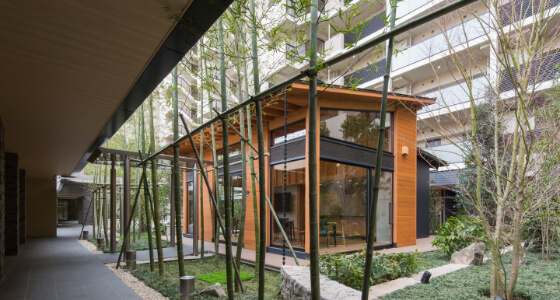
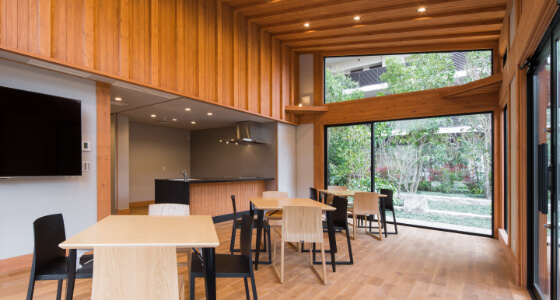
Communal building (party room) in the central courtyard of “Kita-ku Oji 5-chome Project”
Wooden pavilion "URO-CO"
Haseko Corporation’s Engineering Dept., whose sponsorship of Kengo Kuma Laboratory at The University of Tokyo dates back to 2011, has been conducting joint research with The University of Tokyo’s Kuma-LAB since February 2018. This research is conducted to pursue the possibilities of designs leveraging the special characteristics of wood as a material and explore the possibilities of cutting-edge construction technology and design using computers through research on morphological control, etc. Most recently, "URO-CO," a pavilion utilizing design techniques and processing technologies derived from this research, has been completed. Going forward, we will consider expanding this into actual projects as a wood processing technology.
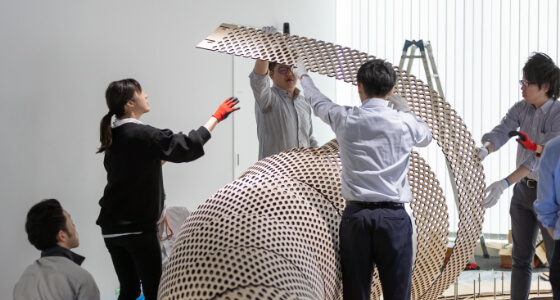
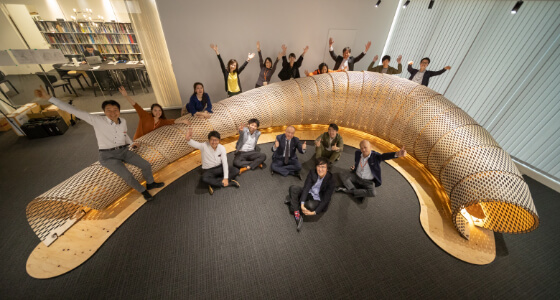
-
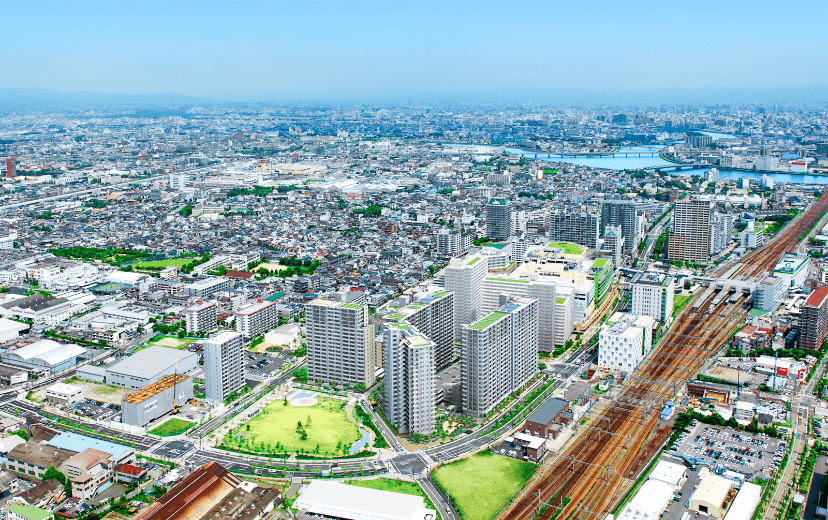
- Creating attractive living spaces
-
- Providing housing tailored to diverse lifestyles
- Utilizing ICT and promoting open innovation
- Supporting interaction in local communities
- Regeneration condominiums and improving the value of housing (rebuilding, prolonging life and renovation)
- Quality management system
- Realizing safe, secure and comfortable spaces
- Developing technologies that support daily life
- Services to help bring greater peace of mind and comfort in daily life
- Contributing to the solution of social issues in housing
-
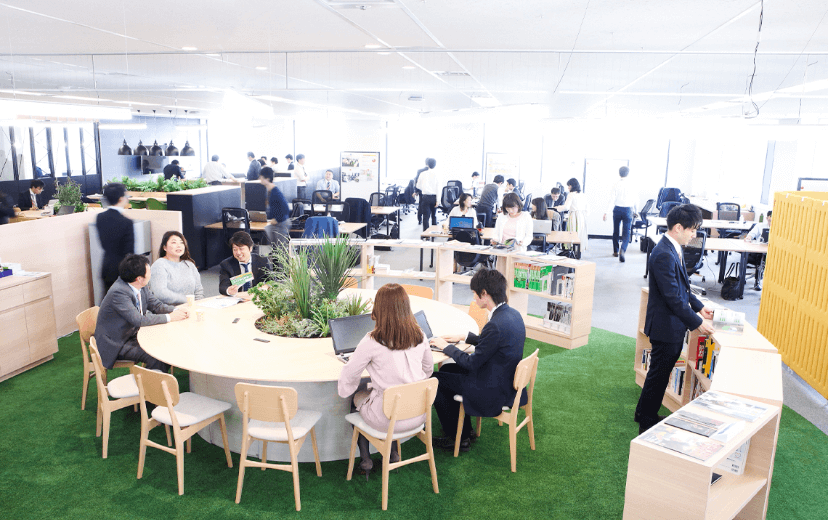
-
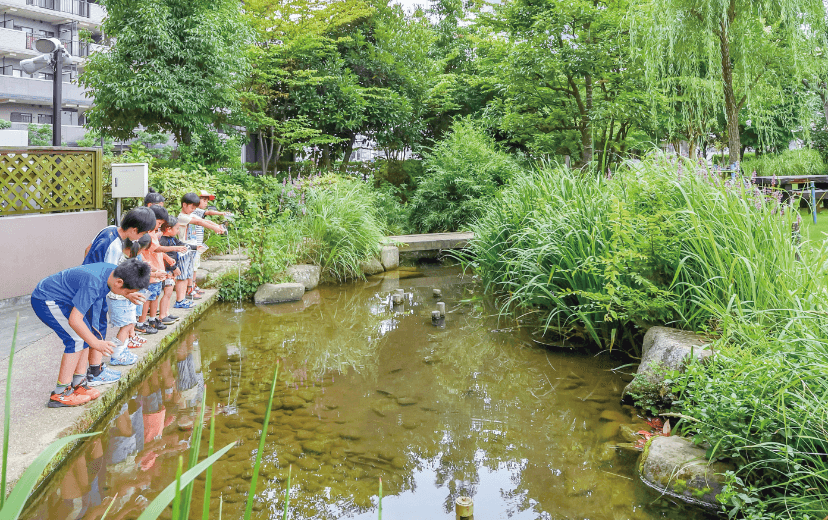
- Protecting the precious environment
-
- Developing the lineup of ZEH Condominiums
- Environmental management system
- Flow of materials
- Construction: Initiatives to prevent global warming
- Construction: Cyclical resource use and waste reduction initiatives
- Water resources
- Designing: Environment-conscious initiatives
- Research and technological development: Technology to realize reduction of environmental burden
- Social evaluation of environmental preservation activities
- Offices: CO2 reduction and energy-saving activities
- Environmental accounting
-
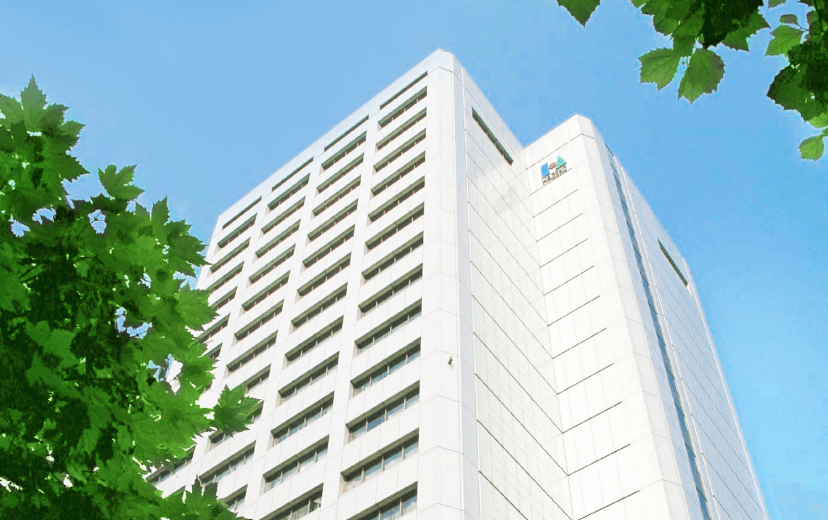
- Nurturing a culture of trust
-
- Corporate Governance
- Compliance/risk management system
- Information security and protection of personal information
- Respect of human rights
- Biodiversity conservation activities
- Next-generation development support
- Activities to protect the regional environment
- Helping resolve regional issues
- Social welfare activities
- Philanthropic activities
- Donation and sponsorship
